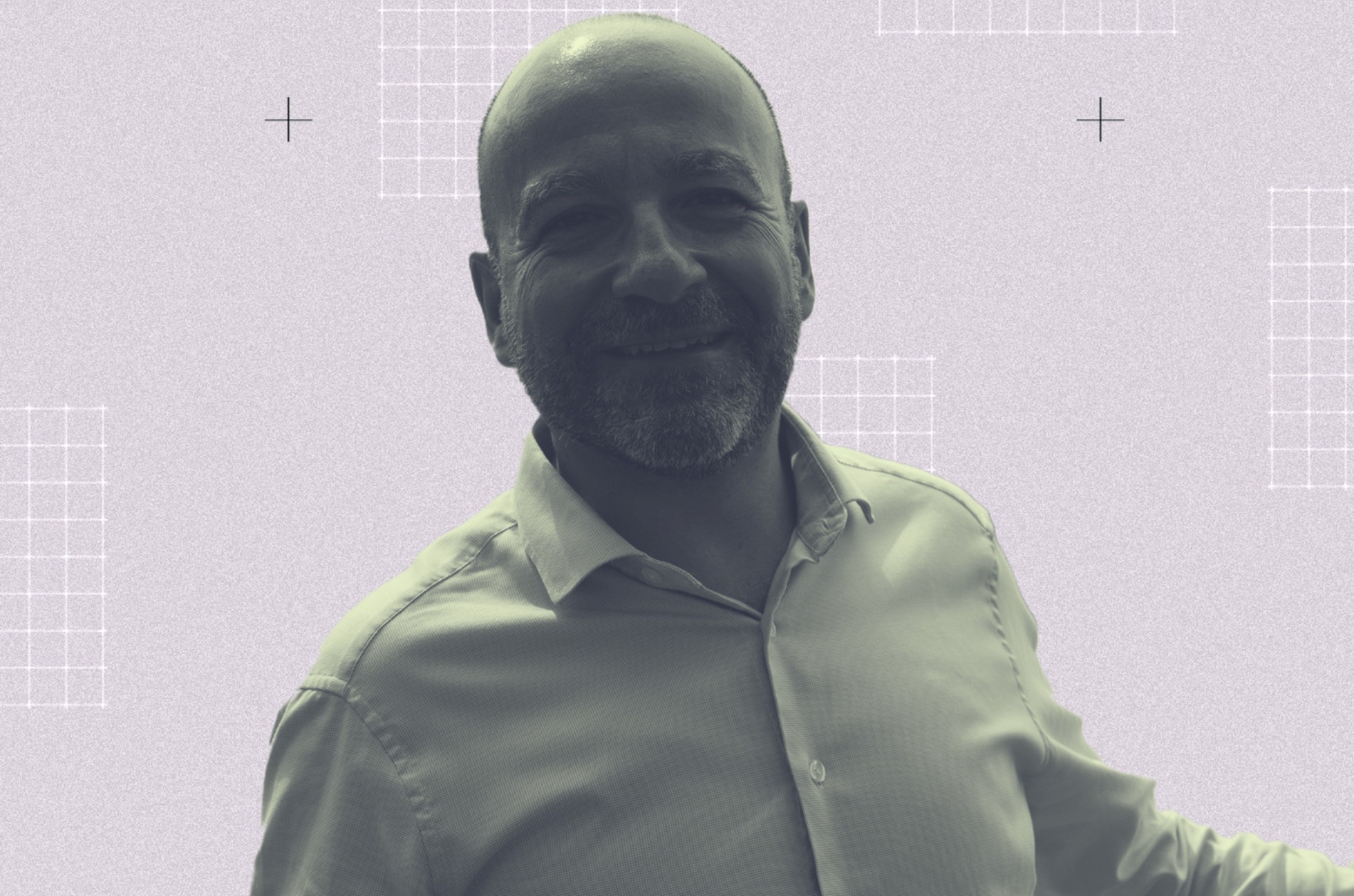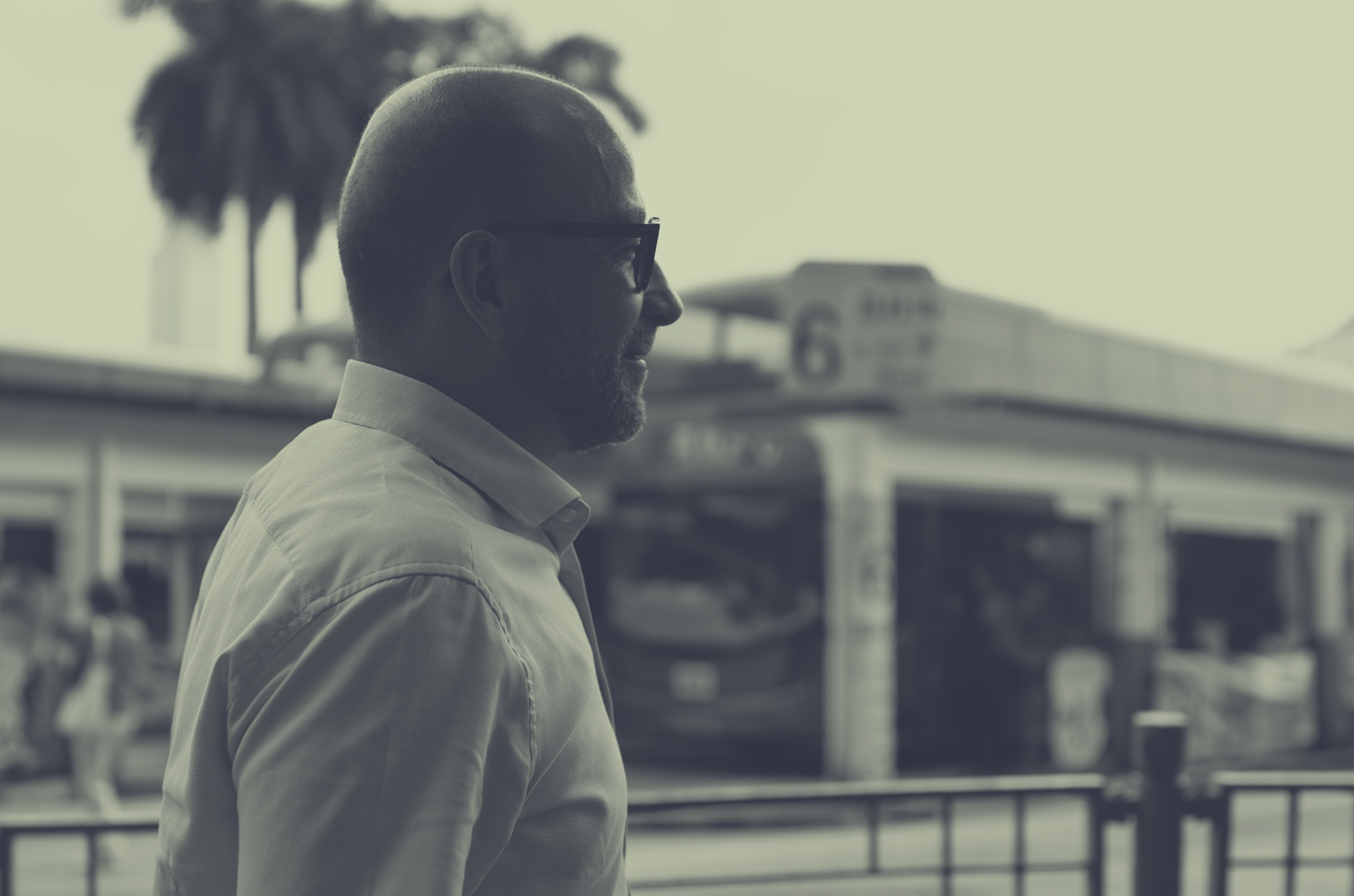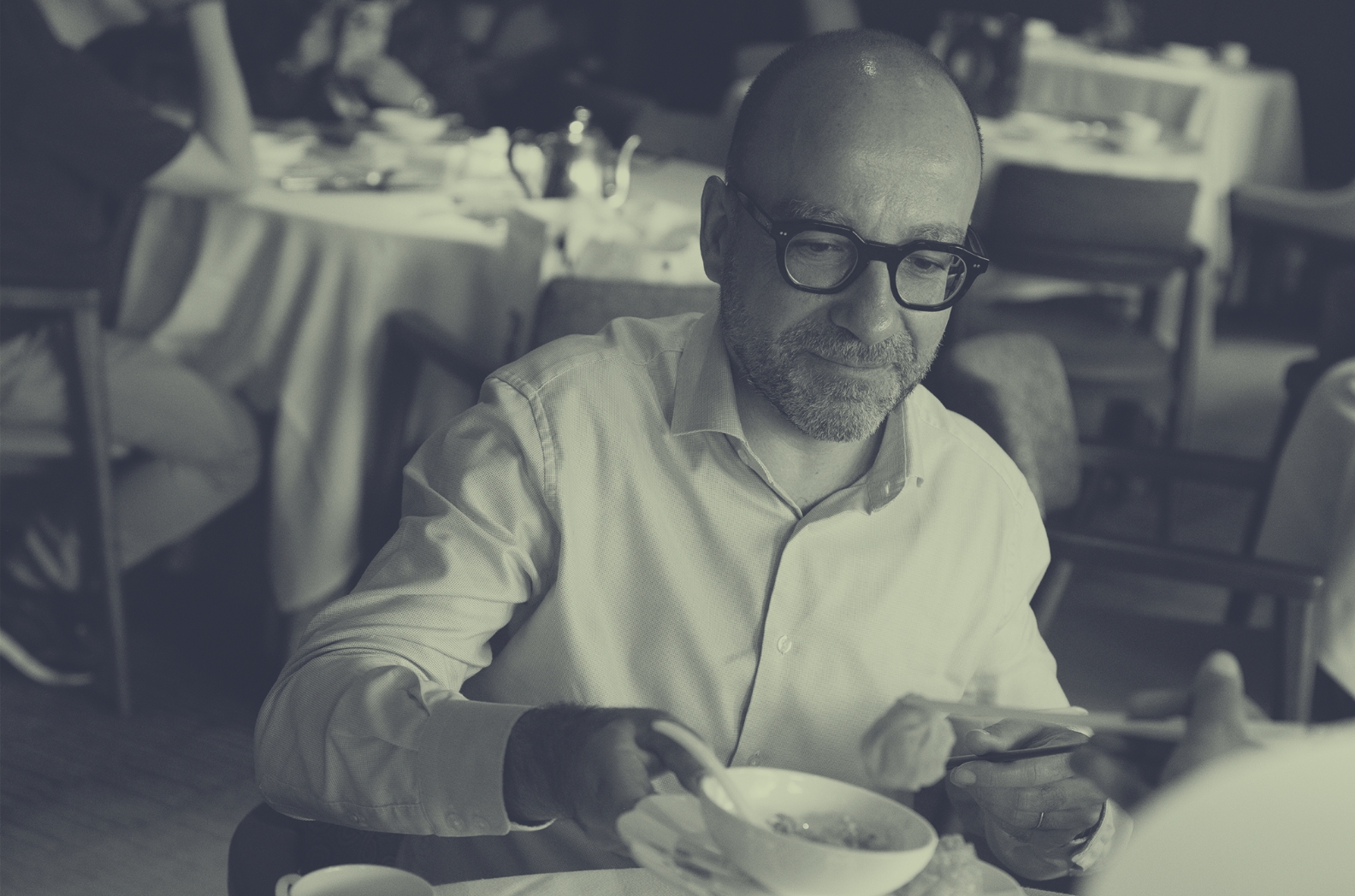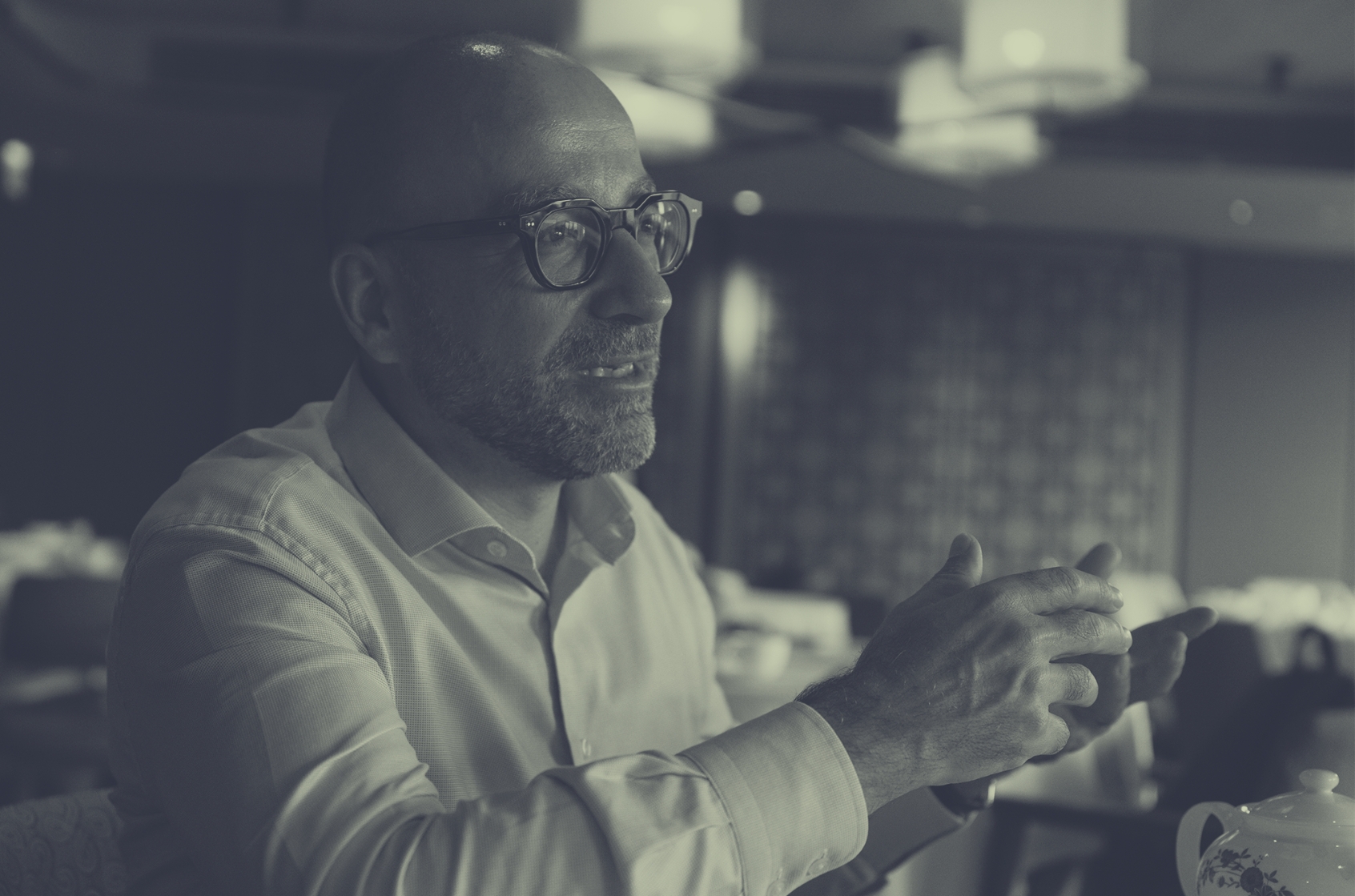 Interviews
Interviews
"It's about creating a playful, inspiring experience for musicians": Frédéric Pichard on Arturia’s 25-year legacy
Celebrating a quarter-century of innovation, the Arturia co-founder discusses the brand’s journey from TAE® technology to its growing impact on Asia’s electronic music scene with Arun Ramanathan
Founded 25 years ago by musicians Gilles Pommereuil and Frédéric Pichard, Arturia emerged at the forefront of digital music creation, aiming to democratise high-quality music tools for musicians worldwide.
It began with the acclaimed Storm software and made its mark through the innovative TAE® (True Analog Emulation) technology, which brought the warmth of analogue sound into digital form.
The launch of the Moog Modular V software was also a pivotal moment, establishing Arturia’s reputation amongst avid ears, particularly from the electronic music sphere.
Over the years, Arturia has significantly expanded its product line, moving from software to hardware with instruments like the MicroFreak synthesizer and MiniLab MIDI controllers. Designed to be intuitive and creativity-inspiring, each product reflects Arturia’s dedication to empowering artists to bring their unique musical visions to life.
Whilst overlooking Hong Kong’s iconic harbour, I sat down with Frédéric over dim sum, to discuss Arturia's present and future in Asia.
Frédéric highlighted the region’s remarkable growth in electronic music production, noting that synthesizer technology is not just a passing trend—it’s here to stay.
As artists blend traditional sounds with modern electronic influences, Arturia’s instruments serve as a vital resource for this creative fusion.
Frédéric also noted that Arturia has seen significant growth in Asia, particularly in China, where the brand's appeal has surged.
He underlined the importance of collaborating with local artists to develop products that meet their needs. This community-focused approach fosters a sense of ownership, enabling musicians to shape the tools they use.
Reflecting on the company’s journey, Frédéric shares insights into the brand’s iconic synth emulations, cutting-edge hardware, and the creative vision behind shaping the future of music technology.

Hi Frederic. I know this isn’t your first trip here, so welcome back to Hong Kong! Could you start by introducing your company and its products to our audience?
Gilles Pommereuil and I founded Arturia 25 years ago, during a time when the potential of computers in music creation was really starting to unfold, and we realised we could achieve a lot through these machines.
So we began with a clear vision: to make innovative, high-quality music tools accessible to musicians, producers, and sound designers around the world. Our first product, Storm, performed well and helped establish our path.
Soon after, we developed the TAE® technology, allowing us to capture the warmth and complexity of analogue sound in digital form, which led to the launch of the Moog Modular V. This was a milestone for Arturia and set the stage for our focus on software emulations of legendary synthesizers.
Over the years, our product range has expanded considerably. Beyond software, we've moved into hardware, with synthesizers like the MicroFreak and PolyBrute, as well as our Lab MIDI controllers, and later on audio interfaces with our Fuse Range.
Each product we create is designed to be both inspiring and easy to use, whether it’s in the hands of an artist or just someone willing to try music production. For us, it’s always about pushing the boundaries of creativity and delivering tools that musicians can rely on to express their unique vision.
What sparked your interest in creating musical instrument hardware and software, and how did you turn that passion into a successful company?
Our shared passion for music goes way back. I have a classical background as a violinist, having started at six and performed with orchestras until my early twenties, including a tour in the U.S. at sixteen. Gilles, also classically trained, was a conductor. This strong foundation in classical music shaped our journey and drew us into the world of electronic music synthesis, where Gilles' knowledge was valuable.
We saw an opportunity to democratise music production at a time when studios were still costly and complex. Our combined vision—Gilles' technical expertise and my understanding of business—led us to found Arturia in 1999 with the goal of creating accessible music tools.
But it’s never been just about making tools; it's about creating a playful, inspiring experience for musicians. From day one, we wanted Arturia products to not only deliver sound quality but to invite exploration and creativity.
Did you envision your products being used by artists across diverse cultures, including Asia?
From the beginning, we built Arturia with a vision centred on delivering a creative experience, crafting tools that genuinely respond to the needs of musicians and producers globally.
We’re thrilled to see this resonate with artists across diverse cultures, especially in Asia, where we've experienced over 50% growth in the past year, with 152% growth in China alone. This reflects the strong appeal of our value proposition in these regions, and it’s inspiring to see our products embraced by such a dynamic audience.
As we grow, we’re also exploring ways to address specific local needs, ensuring that our offerings continue to support artists across cultures in meaningful, relevant ways.
Read this next: Voxmachina's post-punk roots fuel his modular methods
What sets your musical instrument hardware and software apart from other products in the market?
What truly sets Arturia apart is our commitment to creating an ecosystem where our hardware and software seamlessly integrate. This synergy between products is at the core of our strategy; we design each instrument with the goal of enhancing connectivity, making the creative process as intuitive and fluid as possible.
Beyond functionality, we place a strong emphasis on sleek design and intuitive interfaces, ensuring that every Arturia product feels inspiring and accessible.
We’re also deeply committed to quality—our five-year warranties on products like the MiniLab and MiniFuse reflect our dedication to reliability and to supporting our users over the long term.

How does the French musical tradition or culture influence the design and functionality of your products?
We’re always looking to make Arturia instruments a blend of artistry and innovation. French culture, especially our traditions of craftsmanship and design, has a deep influence on our products. We approach each instrument as a ‘modern luthier’ might—creating gear that stands alone as a complete, self-contained instrument with its own unique character. This perspective reflects a strong French tradition of refinement and attention to detail.
Plus, I’d say that the French heritage in fashion and elegance directly inspires the sleek and refined design of our instruments. Beyond functionality, we want our products to be beautiful objects that musicians feel proud to own and use. This commitment to aesthetic quality is almost as important to us as the sound of the gear itself, and we believe that our instruments are not only functional but also inspiring.
Are there any parallels you see with the electronic music cultures emerging in Asia (in terms of cultural influence towards product design and/or innovation)?
There are definitely parallels between the electronic music cultures emerging in Asia and our approach at Arturia. In many Asian countries, there’s a vibrant culture of 'doers'—people who aren't limited by the gear they have. Instead, they push the boundaries of what they can create with the tools available to them. This mirrors our belief in exploration and curiosity, which is at the heart of our philosophy. This spirit of innovation and exploration is something we greatly admire and align with, making it exciting to see how our products can inspire and support their creative journeys.
Read this next: Artist Spotlight: Jitwam's soul-seeking music reflects his universal demeanour
Can you walk us briefly through the development process of a new product, from concept to launch?
We start our development process with a product research phase, where our product management team identifies customer needs. They focus on the challenges musicians face and draft an initial concept for a hardware or software product in the form of specifications.
From there, the process diverges significantly depending on whether we’re developing software or hardware. For software, the majority of the work is done internally by our software engineers. In contrast, hardware development involves more parties, including industrialisation, material logistics, and component sourcing. This means there’s a lot of back-and-forth with our production facilities to ensure the final products meet our specifications and quality standards.
Despite these differences, the core steps remain the same: we develop the features, conduct rigorous product testing to ensure quality, and prepare for the market launch in collaboration with our marketing and sales teams. Finally, once the product is on the market, product management monitors user feedback and ensures that support is available to assist customers. This ongoing evaluation helps us understand how the product performs and how we can continue to improve it.

In an industry that's increasingly digital, how do you balance the need for technological innovation with the preservation of traditional musical practices, particularly in regions like Asia where there’s often a blending of the old and new in music production?
Arturia has been committed to balancing innovation with respect for traditional musical practices, particularly in regions like Asia, where traditional instruments are deeply embedded in the culture. From the beginning, our mission has been to democratise classic tools—reimagining traditional music-making practices with an emphasis on accessibility. This vision has guided us in making high-quality instruments more available to a broader audience.
A recent example is our work with Augmented Yangtze, where we merged traditional Chinese musical elements with modern synthesis. This project opened up a rich new world for us and has been met with incredible enthusiasm. We hope to explore more instruments that bridge these worlds, preserving the spirit of traditional sounds while enhancing them with cutting-edge technology. Our products, like the PolyBrute 12, embody this dual approach by honoring classic synth traditions while pushing boundaries.
What are some of the biggest challenges you've faced as a founder, and how have you overcome them?
As a founder, one of the biggest challenges I've faced is the complexity of the music industry and the tools we create. While the cost of entering the music space has become more accessible, the challenge now lies in the overwhelming array of features that can make products difficult to use. It’s essential for us to engage new musicians, but simplifying our offerings and focusing on what truly matters can be quite challenging.
Embracing a 'less is more' philosophy takes courage, and fostering this mindset within the company isn’t easy. It often feels counterintuitive in a world that constantly pushes for more features, but I believe that musicians can achieve even greater creativity with fewer, more effective tools.
I’m reminded of a quote from the founder of Xerox: 'We didn’t know what it would take; had we known, we probably wouldn’t have done it. But since we didn’t know, we did it.' This sentiment resonates with me; the journey hasn't always been easy, but navigating these challenges has helped shape Arturia into what it is today.
Read this next: The 5 pieces of kit every hardware musician needs, according to an expert
How do you stay connected with your users and incorporate their feedback into your product development?
Staying closely connected with our users is essential to Arturia's approach to product development. At first, our culture was very engineering-focused—Gilles and I are both engineers—so naturally, we tended to think in terms of features and specs. But over time, we’ve shifted to a more user-centred approach. Now, before developing any new product, we invest deeply in understanding our users' needs and creative processes.
We gather feedback at multiple levels: on a large scale, we conduct surveys with both customers and non-customers to gain insights into general usage patterns and broader needs. At a more hands-on level, we meet directly with musicians, observing how they work and create music. These interactions often inspire new features and enhancements that resonate with them and answer their needs. We also hold user seminars three times a year, moving away from purely product-focused meetings.
That said, there’s a balance—we’re here to solve problems and innovate, but sometimes we have to push forward with our own vision, even if it challenges initial feedback. This balance between user input and visionary development keeps Arturia both responsive and forward-thinking.
Asia is seeing a surge in electronic music production and live performances. What role do you think Arturia’s instruments and software play in shaping the sound of this region’s emerging artists?
We view ourselves as facilitators of sound exploration, providing artists with the tools they need to fully customise and deepen their sonic expressions. Our goal is to guide and support them on their creative journeys without imposing our vision. We empower artists to carve their own paths, helping them push boundaries.
In many parts of Asia, electronic music is still a relatively new frontier, and producers are uniquely blending traditional musical elements with influences from Western electronic styles. Our instruments offer the freedom of expression that allows artists to incorporate their cultural backgrounds and experiences into their work. This means we can expect to hear innovative sounds emerging that are fresh and distinct.
I think we’ll see some truly exciting results that we haven’t even imagined yet.
Looking ahead, what are some of the exciting projects or innovations that your company is working on? And what can we expect to see from you in the future?
As we look ahead, we’re excited about several innovative projects that continue to elevate sound quality and user experience at Arturia. Our commitment to excellence drives us to refine our products, this was the case for Mini V for instance, which has been reinvented up to a fourth version.
Integration remains a key focus for us as well. We aim to create a robust Arturia ecosystem that continues to expand, allowing for greater connectivity between our products. We genuinely believe that the synergy created by connecting our instruments adds more value than simply using them separately. Additionally, we’re committed to ensuring that our products integrate smoothly with other products on the market.
And lastly, we’re eager to explore new dimensions of expressiveness. With the launch of the PolyBrute 12, we’ve opened up exciting creative possibilities and plan to enhance this further.
Arun Ramanathan is Mixmag Asia’s Director. Follow him on Instagram.
Cut through the noise—sign up for our weekly Scene Report or follow us on Instagram to get the latest from Asia and the Asian diaspora!


